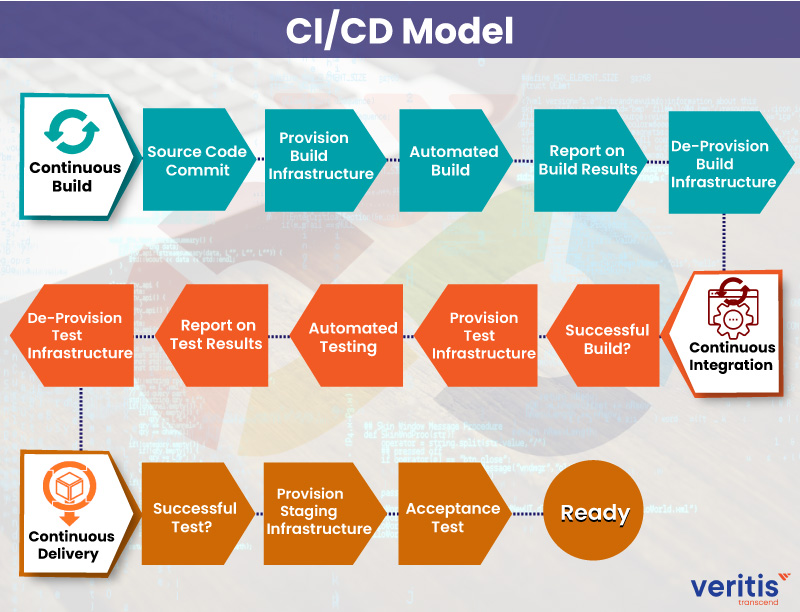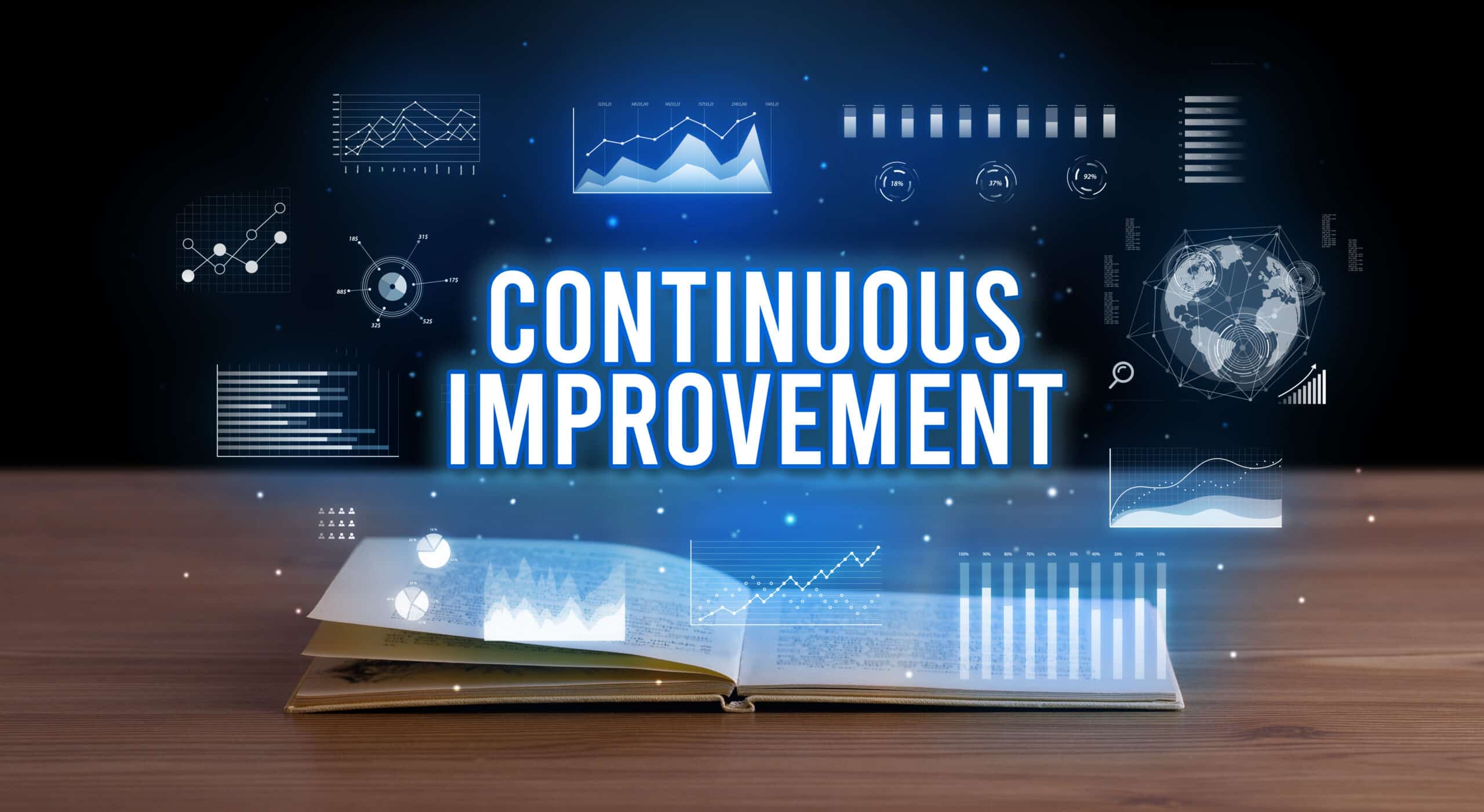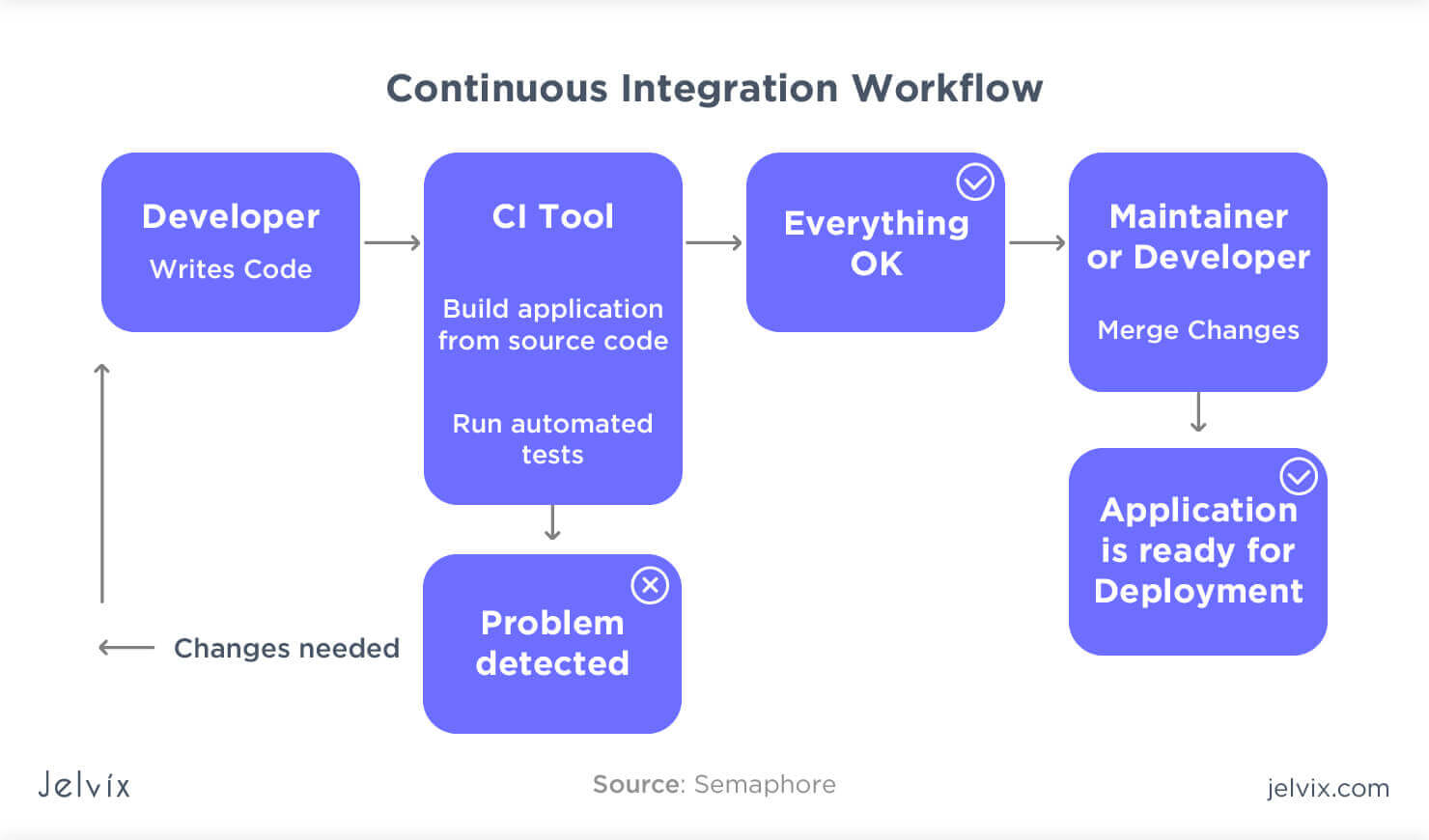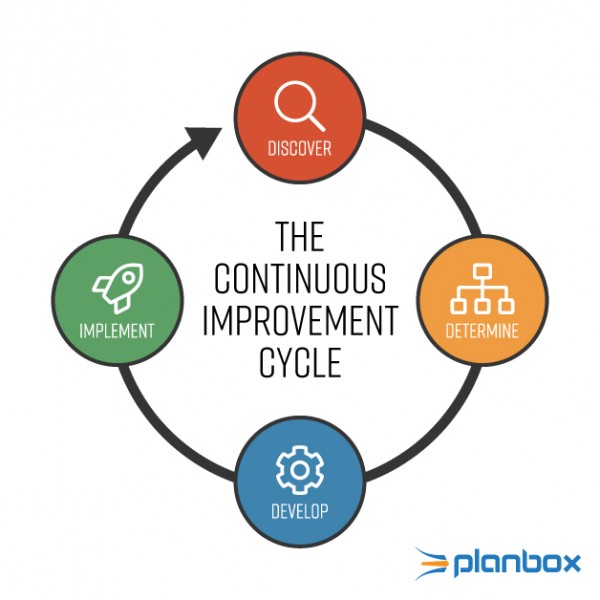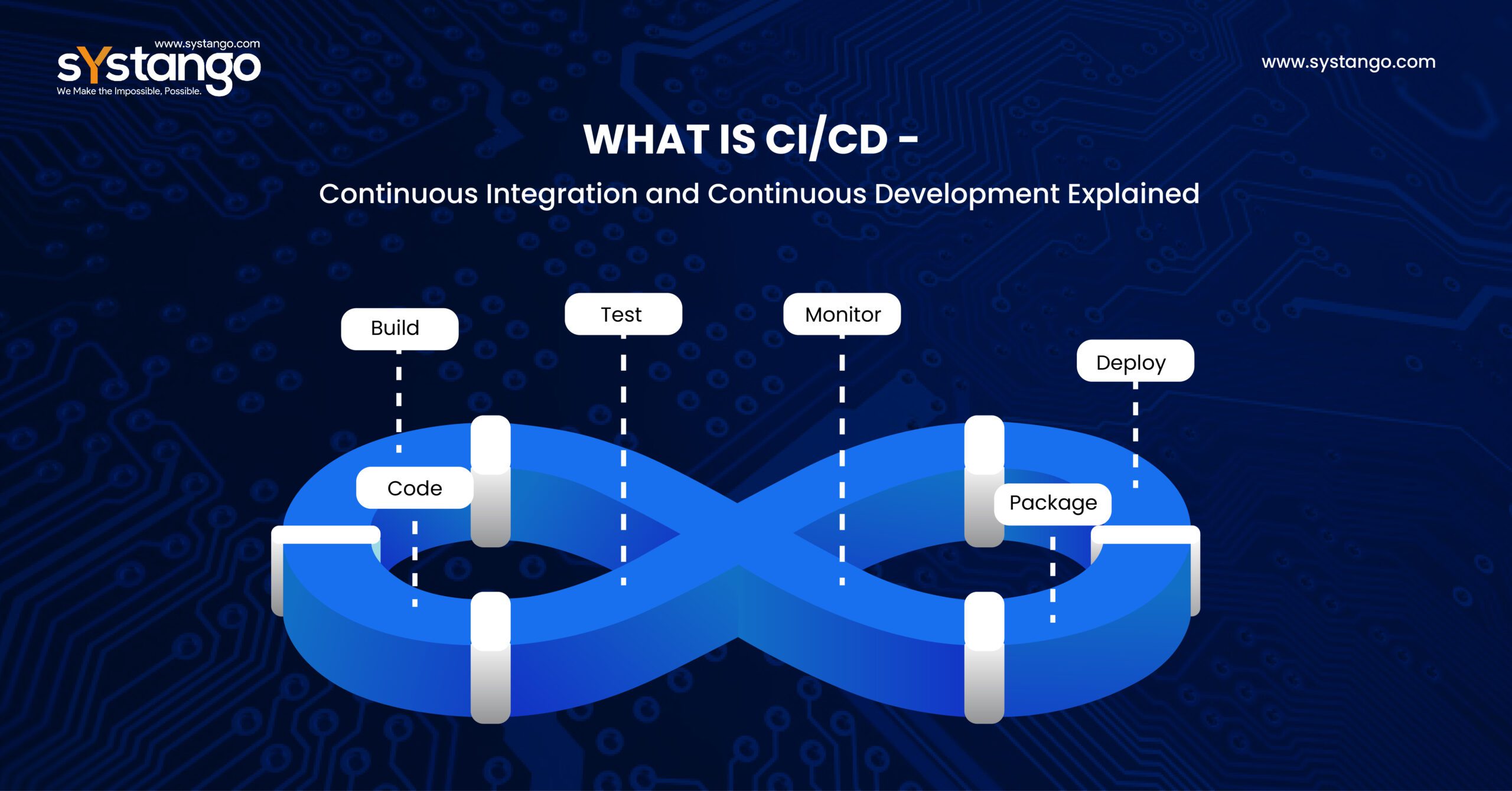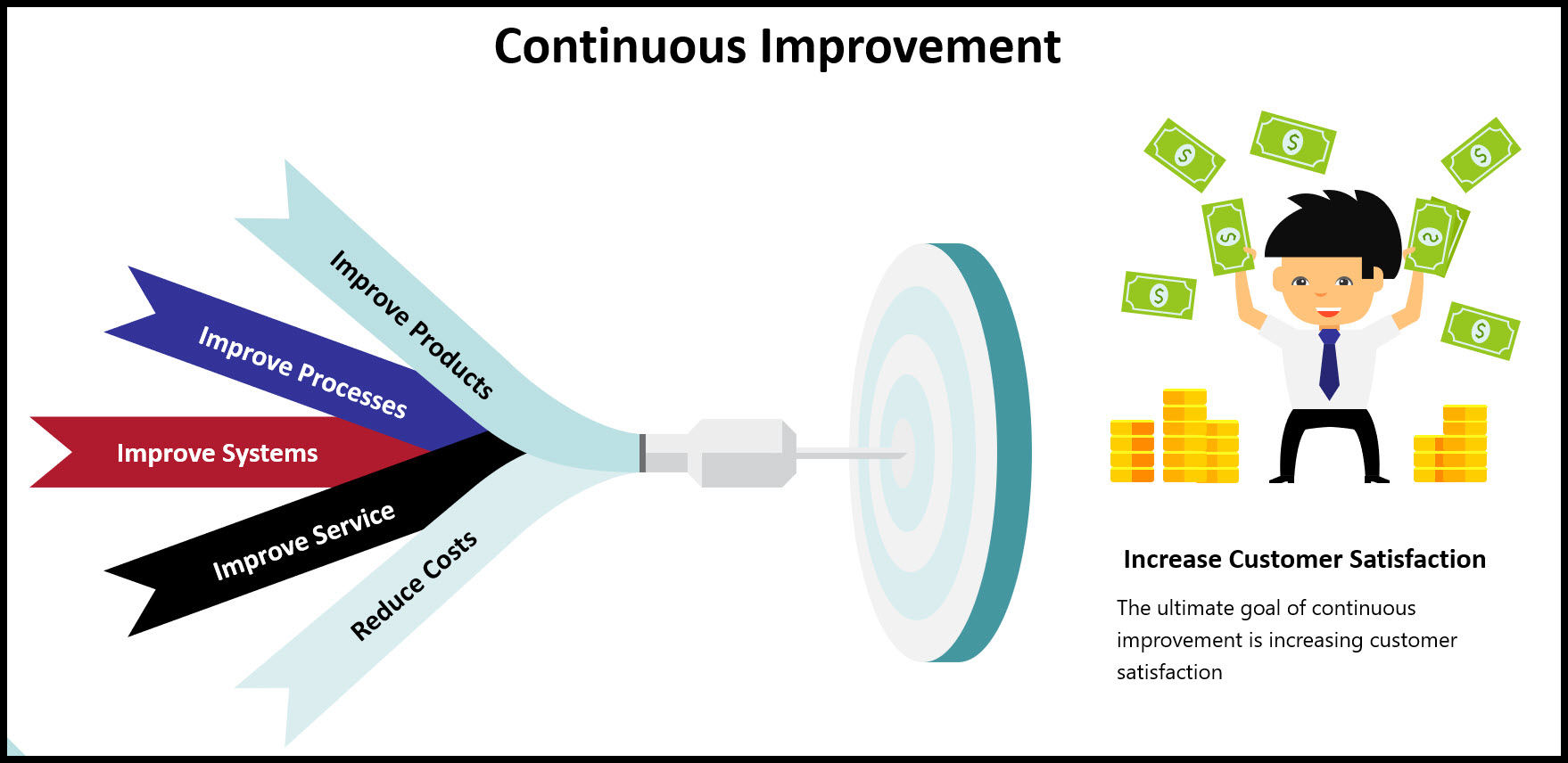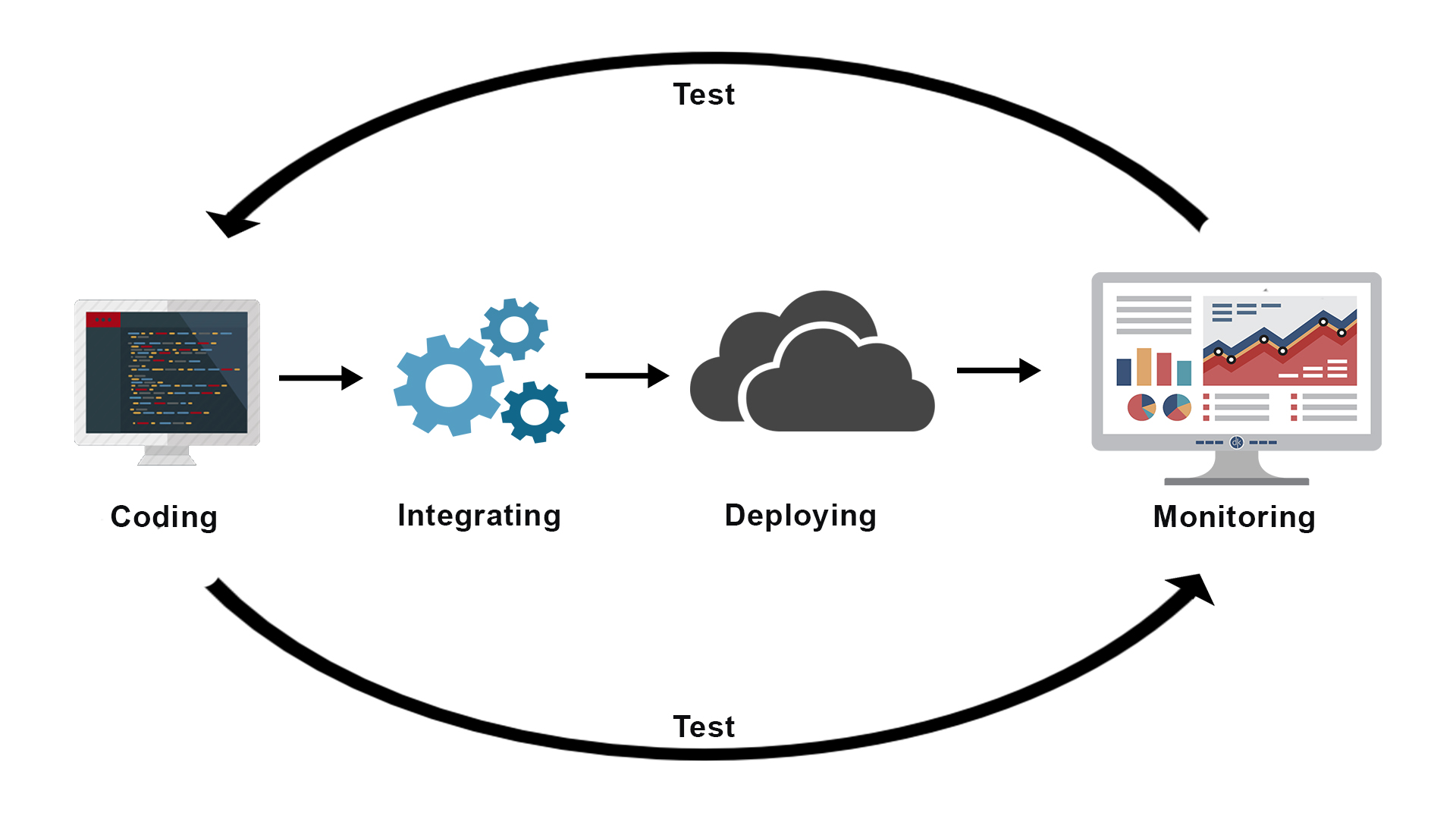Understanding the Term ‘CI’: An Overview
CI, or ‘Continuous Improvement’ and ‘Continuous Integration’, are essential concepts in various fields, including business and information technology. This article delves into the meaning and applications of CI in these areas. If you’ve ever wondered, “what does ci mean,” you’ve come to the right place.
CI in Business: Continuous Improvement
Continuous Improvement (CI) is a business philosophy that encourages organizations to constantly seek ways to improve their processes, products, and services. By adopting a CI mindset, businesses can foster a culture of continuous learning and innovation, leading to increased efficiency, productivity, and quality. A popular framework for implementing CI is the PDCA (Plan-Do-Check-Act) cycle, which involves planning improvements, implementing changes, evaluating results, and making adjustments as needed.
CI in Information Technology: Continuous Integration
Continuous Integration (CI) is a software development practice that focuses on integrating code changes frequently, often multiple times a day, into a shared repository. Once the code is merged, automated build and testing processes are initiated. This approach offers numerous benefits, including early error detection, faster feedback, and reduced integration problems. By addressing issues promptly, developers can minimize the time and effort required to resolve conflicts and ensure smooth collaboration.
How to Implement Continuous Improvement in Your Organization
Implementing Continuous Improvement (CI) in an organization requires a strategic approach and commitment from all levels. Here are actionable steps to help you get started:
1. Foster a culture of continuous learning
Encourage employees to embrace a growth mindset and seek opportunities for learning and development. Provide resources, such as training programs and workshops, to help them build new skills and knowledge.
2. Establish clear goals and objectives
Define specific, measurable, achievable, relevant, and time-bound (SMART) goals for your CI initiatives. Ensure that these goals align with your organization’s overall mission and vision.
3. Engage employees in the process
Empower employees to contribute ideas and suggestions for improvement. Encourage cross-functional collaboration and open communication to foster a sense of ownership and accountability.
4. Implement data-driven decision-making
Collect and analyze data to inform your CI efforts. Use metrics and key performance indicators (KPIs) to track progress and identify areas for improvement.
5. Celebrate achievements and milestones
Recognize and reward employees for their contributions to CI initiatives. Celebrate successes and milestones to maintain momentum and motivation.
How to Adopt Continuous Integration in Your Software Development Process
Continuous Integration (CI) is a valuable practice for software development teams, offering benefits such as faster feedback, early error detection, and reduced integration problems. To adopt CI in your software development process, follow these steps:
1. Establish a version control system
Implement a version control system, such as Git or Subversion, to manage your codebase. This system allows developers to track changes, collaborate efficiently, and revert to previous versions if necessary.
2. Automate your build process
Use automated build tools, such as Maven or Gradle, to compile and package your code. Automating the build process ensures consistency and reduces the risk of errors.
3. Implement automated testing
Integrate automated testing into your CI pipeline to validate the functionality and quality of your code. Utilize various testing techniques, such as unit testing, integration testing, and acceptance testing, to cover different aspects of your application.
4. Set up a continuous integration server
Choose a CI server, like Jenkins, CircleCI, or Travis CI, that fits your team’s needs. Configure the server to monitor your version control system for changes and trigger automated builds and tests when new code is committed.
5. Monitor and analyze results
Regularly review the results of your CI pipeline to identify trends, detect issues, and make improvements. Use visualization tools and dashboards to present data in an easily digestible format.
6. Select the right CI tool
Choose a CI tool that aligns with your team’s requirements, considering factors such as scalability, ease of use, integration capabilities, and cost. Ensure that the tool supports your technology stack and can grow with your team’s needs.
Real-Life Examples of Continuous Improvement and Continuous Integration
Implementing Continuous Improvement (CI) and Continuous Integration (CI) can lead to significant benefits for organizations in various industries. Let’s explore some real-life examples to illustrate the successful adoption of these practices.
Example 1: Manufacturing Company
A manufacturing company implemented CI to streamline its production processes, reduce waste, and enhance product quality. By adopting the PDCA cycle, the organization established clear goals, tracked progress, and celebrated achievements. As a result, they improved their production efficiency by 20% and increased their product quality ratings by 15% within a year.
Example 2: Software Development Team
A software development team adopted CI to accelerate their development cycle and improve software quality. By utilizing version control systems, automated build tools, and a CI server, they automated their build and testing processes. This approach resulted in a 30% reduction in integration issues and a 25% decrease in development time, enabling the team to deliver features faster and more reliably.
Key Takeaways
These examples demonstrate the potential benefits of implementing CI and CI in various contexts. To successfully adopt these practices, consider the following strategies:
- Foster a culture of continuous learning and improvement within your organization.
- Invest in the right tools and technologies to support CI and CI.
- Establish clear goals and metrics to track progress and measure success.
- Engage employees in the process and celebrate achievements to maintain motivation and momentum.
- Address cultural resistance, lack of resources, and inadequate training to ensure successful implementation.
Common Pitfalls to Avoid When Implementing Continuous Improvement and Continuous Integration
Implementing Continuous Improvement (CI) and Continuous Integration (CI) can be challenging, and organizations may encounter various obstacles along the way. Here, we discuss common pitfalls and misconceptions about CI and CI and offer strategies for overcoming these challenges.
1. Ignoring cultural resistance
One common challenge is cultural resistance to change. Employees may be hesitant to adopt new practices due to fear, complacency, or a lack of understanding. To address this issue, involve employees in the decision-making process, provide training, and communicate the benefits of CI and CI clearly.
2. Lack of resources and support
Successful CI and CI implementation often require significant resources, including time, budget, and personnel. Ensure that your organization allocates sufficient resources and provides the necessary support to drive these initiatives.
3. Inadequate training
Without proper training, employees may struggle to adopt new practices effectively. Offer comprehensive training programs to help employees understand the concepts, tools, and processes involved in CI and CI.
4. Overlooking data-driven decision-making
Effective CI and CI rely on data-driven decision-making. Establish a data-driven culture by collecting, analyzing, and acting on relevant data to inform your continuous improvement efforts.
5. Failing to establish clear goals and metrics
Without clear goals and metrics, it can be difficult to measure the success of your CI and CI initiatives. Define specific, measurable, achievable, relevant, and time-bound (SMART) goals and track progress regularly.
6. Neglecting to celebrate achievements
Recognizing and celebrating achievements is crucial for maintaining motivation and momentum. Acknowledge milestones, celebrate successes, and share stories of continuous improvement to foster a culture of continuous learning and improvement.
The Future of Continuous Improvement and Continuous Integration
As organizations strive to remain competitive and innovative, Continuous Improvement (CI) and Continuous Integration (CI) practices will continue to evolve and gain importance. Here, we discuss emerging trends and their potential impact on businesses and software development.
1. Continuous Deployment
Continuous Deployment is an extension of Continuous Integration, where code changes are automatically deployed to production after passing all tests and meeting quality standards. This approach reduces deployment time and enables organizations to deliver value to customers more quickly.
2. A/B testing and data-driven decision-making
A/B testing is a method of comparing two versions of a product, feature, or user experience to determine which one performs better. By incorporating A/B testing into Continuous Improvement initiatives, organizations can make data-driven decisions and optimize their products more effectively.
3. Artificial Intelligence and Machine Learning
Artificial Intelligence (AI) and Machine Learning (ML) can help automate and optimize various aspects of Continuous Improvement and Continuous Integration. For example, AI-powered tools can analyze code, detect patterns, and provide insights to improve software development practices.
4. Collaboration and communication tools
Effective collaboration and communication are crucial for successful Continuous Improvement and Continuous Integration initiatives. Emerging tools and platforms can help teams collaborate more efficiently, share knowledge, and stay informed about ongoing improvement efforts.
5. Embracing change and staying informed
To remain competitive and innovative, organizations must stay informed about the latest trends and best practices in Continuous Improvement and Continuous Integration. By embracing change and continuously learning, organizations can adapt to new developments and unlock their full potential.

